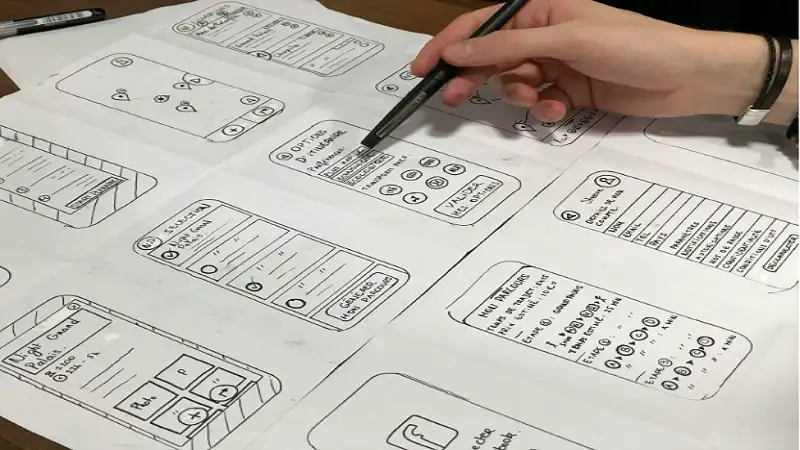As the world heads deeper into an ever-expanding digital future, online platforms are becoming more popular by the day. In a world where there’s now an app or site for basically everything, the competition for market share in these industries has become heightened, to say the least. Finer points make the difference now, and everything from user friendliness to UX design can affect the bottom line. Whatever the service or industry, if customers engage online, every aspect of design matters. To illustrate the significance of this, here’s a look at how UX design impacts customer loyalty across platforms that offer digital services.
UX in Different Industries
UX, or user experience, refers to the overall experience and how a customer is able to engage with a service. While not necessarily and exclusively a digital concept, UX design in the modern world now almost invariably deals with online platforms and services. For example, many retail brands now operate many of their stores via online stores or eCommerce platforms. Streaming services have also largely replaced pay-per-view and satellite-driven network programming with on-demand viewing.
Online casinos are also a great example of how digital services are fast taking over long-standing industries. With many players now preferring online gambling, iGaming services have spiked all over the world. Even in places from Thailand to Texas and South Korea, which don’t even offer locally regulated platforms, demand is high. For Malaysian players, the demand for easy access and seamless gaming experiences is one of the highest in Asia.
However, UX plays its part. Among the full list of online casinos vetted by professional review sites, the most popular ones have become renowned for providing heightened UX design through offerings like 4D lotteries, live dealer games, and seamless payment systems. These sites are popular because they reduce friction, reward loyalty, and offer play environments that feel accessible at all times.
Mobile applications have also brought UX to the front of business design. In banking, people want simple transfers, clear balance displays, and security presented without complexity. Travel companies use design to shorten the path from browsing to booking, ensuring that a holiday plan can be completed in minutes. Across all industries, companies that simplify choices while offering clarity win the trust of users and keep them coming back.
The comparison across sectors reveals something consistent. UX is not just decoration; it is the invisible hand guiding users through an experience. When that guidance is smooth and predictable, customers stay longer. When it becomes confusing, they leave and often do not return. The stakes are high because loyalty now depends more on design than on advertising promises.
The Emotional Impact of Good UX
Good UX does more than just ease transactions. It creates a sense of comfort and confidence. When customers feel they can complete a task quickly and without error, they relax into the service. This comfort builds emotional attachment that cannot be bought with discounts alone. A shopping site with intuitive search, an app with responsive touch controls, or a casino platform that remembers past preferences all show customers that their time matters.
Emotions influence purchasing decisions heavily. Frustration with slow loading times, cluttered screens, or a lack of offline outreach capabilities leads to abandonment. Meanwhile, delight at a seamless process leads to repeat use. The memory of a positive interaction sticks, and people tend to associate it with the brand as a whole. This is why major companies invest heavily in design. They understand that loyalty is emotional as much as it is practical.
Trust is also bound up with UX. If customers feel lost during sign-up or payment, they may worry about security. A clean and transparent design reduces doubt, showing users that the company has nothing to hide. This reassurance translates into ongoing loyalty.
